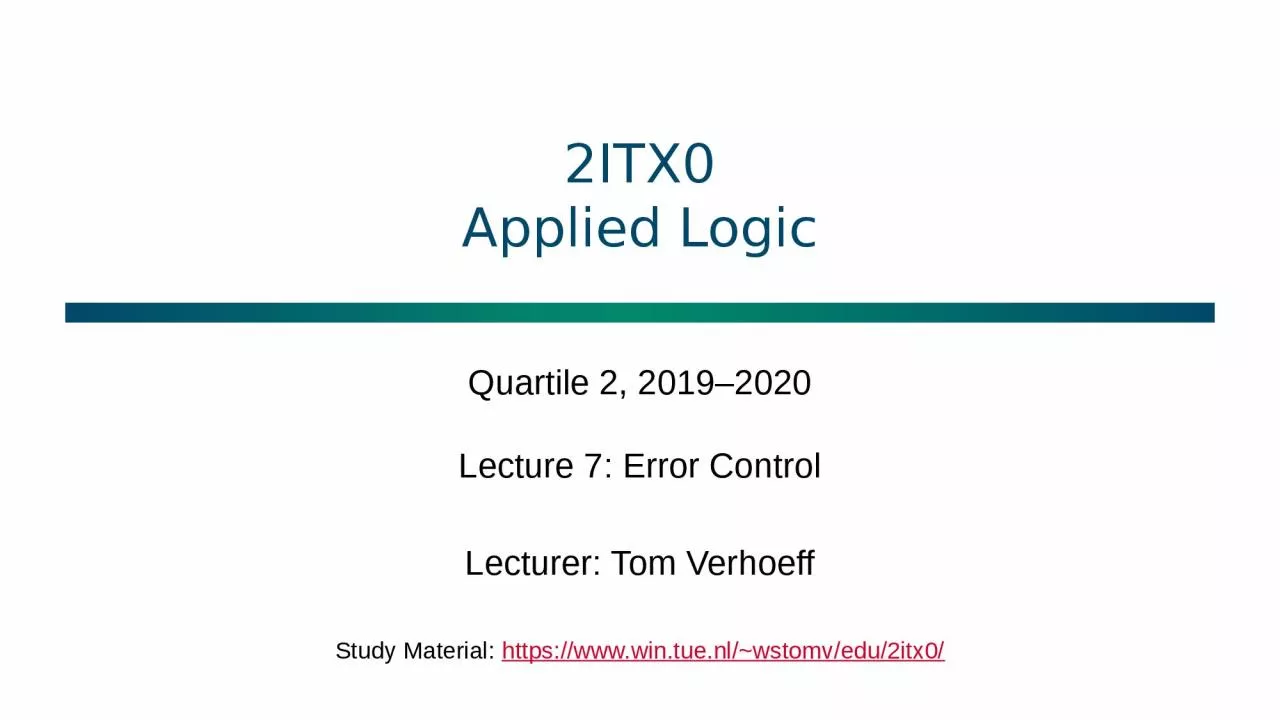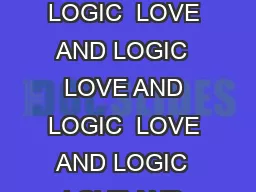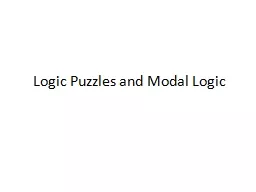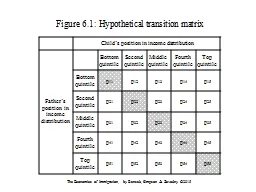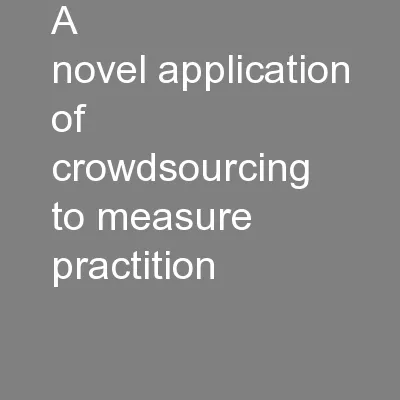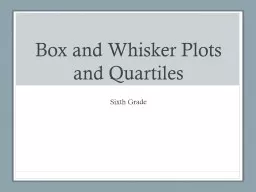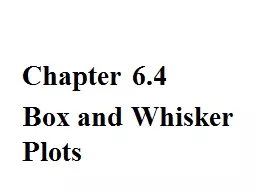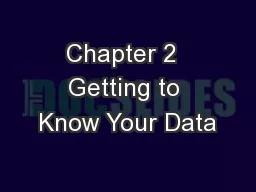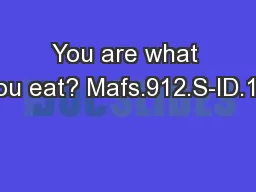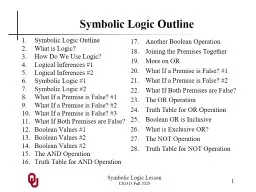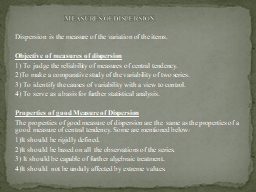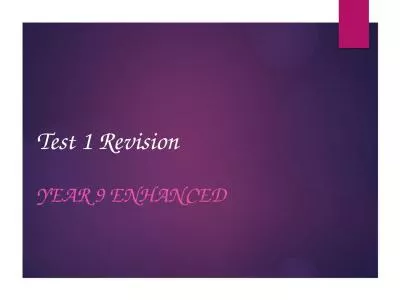PPT-2ITX0 Applied Logic Quartile 2, 2019–2020
Author : BlessedBeyondMeasure | Published Date : 2022-08-02
Lecture 7 Error Control Lecturer Tom Verhoeff Study Material httpswwwwintuenlwstomvedu2itx0 Analytics for Assignment 1 Theme 2 Information Theory Road Map for Information
Presentation Embed Code
Download Presentation
Download Presentation The PPT/PDF document "2ITX0 Applied Logic Quartile 2, 2019–2..." is the property of its rightful owner. Permission is granted to download and print the materials on this website for personal, non-commercial use only, and to display it on your personal computer provided you do not modify the materials and that you retain all copyright notices contained in the materials. By downloading content from our website, you accept the terms of this agreement.
2ITX0 Applied Logic Quartile 2, 2019–2020: Transcript
Download Rules Of Document
"2ITX0 Applied Logic Quartile 2, 2019–2020"The content belongs to its owner. You may download and print it for personal use, without modification, and keep all copyright notices. By downloading, you agree to these terms.
Related Documents

